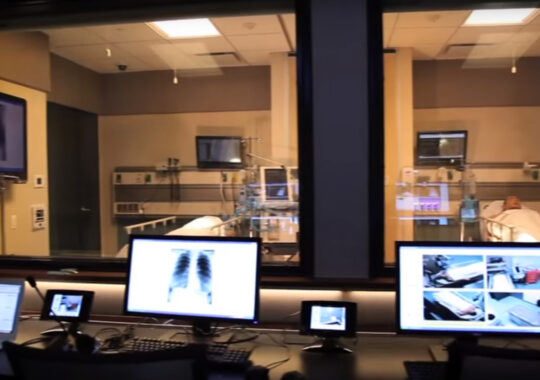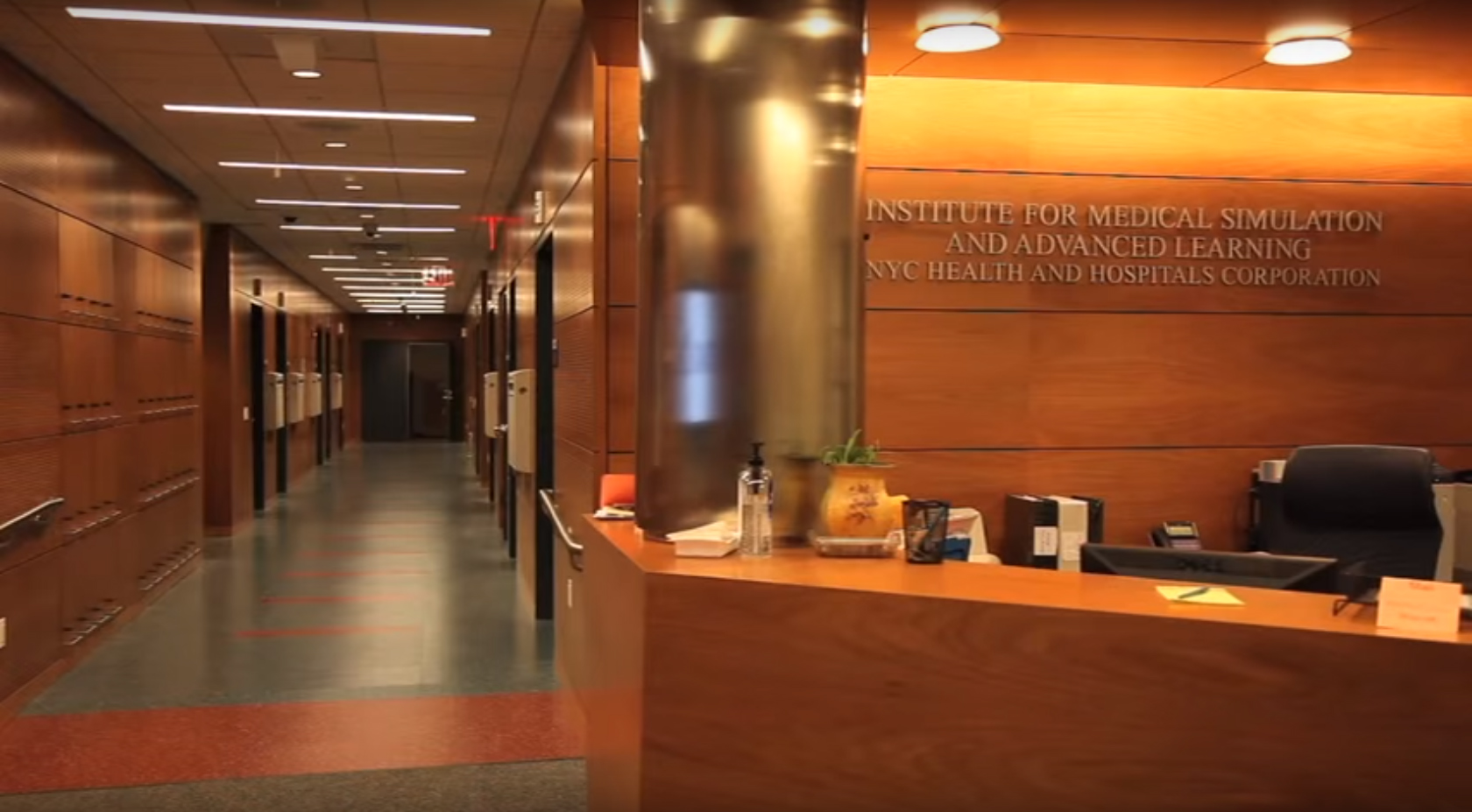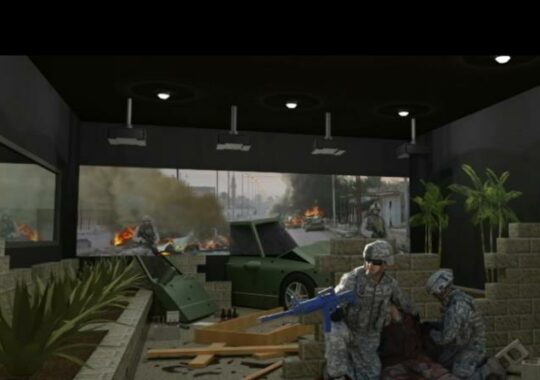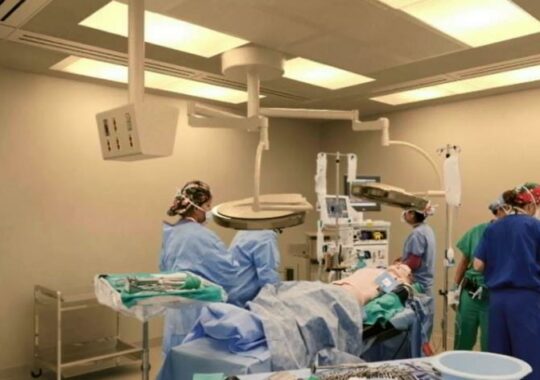Previously published on AVNetwork.com
The world of digital audio networks has shown some promise recently. The campaign between AVB and Dante has been gaining speed, and so far there is no clear winner. However, I ask the question, does there have to be one? Lately there has been a great adoption of networked audio protocols in the professional and prosumer markets. There appears to be some great use cases for both network types and, with the development of AES-67, we may start to see some interoperability and progress towards a unified network. Now that may seem like a pipe dream, so let’s look at some current examples of how digital audio networks are being used in live and recording situations as it relates to digital consoles.
For years digital audio consoles have been large systems that are heavy and take up vast amounts of space. These behemoths look and sound impressive, but they can still require some extensive infrastructure to be fully advantageous. Well, some manufacturers in the industry have released their answer to this issue. [Now it should be stated that any product references I make are simply used as examples to illustrate a thought, and should not be taken as product endorsement. So with that, back to the fun stuff.]
Media production giant Avid has taken their Venue system and scaled it down into a sleek-compact package that takes up a fraction of the space than its full sized counterpart. The secret is a combination of AVB networking and digital control surfaces. Avid’s S3L-X Venue system uses AVB networking to route large track counts bi-directionally over minimal cabling. The system combines the S3 control surface with an AVB stage box and Venue processing engine. This type of system is a huge step forward as it blends the routing flexibility of audio networks with space and cost savings. Using an AVB or Dante enabled console system also means a user can record audio streams into a DAW (digital audio workstation), like Pro Tools, for mixing or streaming. This can all be done through the computer’s ethernet port without having to use a separate interface utilizing direct outs from the main console.
The S3 control surface could then be used to mix that session of recorded tracks at a later time. So the flexibility is very appealing for rental/staging companies, and flexible event facilities among others.
Presonus is also stepping into the ring with its AVB enabled console system, the new Studiolive CS18AI. The CS18AI functions as a control surface to be paired with Presonus’ AVB enabled rack mixer. Much like the Avid S3L-X, the control surface and rack mixer are simply connected to the AVB network, and audio can be sent to multiple locations. Such locations can include but not be limited to a monitor console, front of house console, and DAW for recording.
The ability to have an entire show system running completely over AVB or Dante on a compact system offers up many possibilities for flexible arrangements and future expandability while utilizing minimal or existing infrastructure. So while AVB and Dante may still be vying for market share, at least the rest of us can benefit from the new uses of this long awaited technological advancement. Since they both can use pretty much the same infrastructure, the cost to switch, should one prevail over the other, should not stop you from adapting to a solution today.








